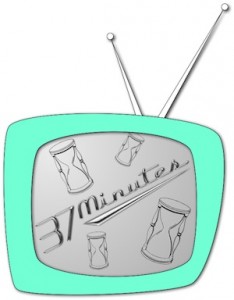 The recent news that the Mars rover Curiosity has discovered evidence of an ancient stream bed on Mars is very exciting, because it demonstrates that the now-arid planet used to be at least somewhat more like Earth.
The recent news that the Mars rover Curiosity has discovered evidence of an ancient stream bed on Mars is very exciting, because it demonstrates that the now-arid planet used to be at least somewhat more like Earth.
Reading the news, though, sounded familiar. The story reminded me of a time more than 175 years ago when people briefly thought there was water on another nearby celestial body: the moon. Unfortunately, that time the “discovery” was really the result of an elaborate journalistic hoax perpetrated by a reporter at the New York Sun newspaper. But it fooled a lot of people!
In a series of six articles, the reporter told an elaborate and compelling story that, looking back on it, can rightly be considered one of the earliest works of “hard” science fiction. After all, it invoked the hi-tech of its day — a telescope “of vast dimensions and an entirely new principle,” which back then wasn’t all that implausible since astronomers were always trying new ways of combining mirrors and lenses in ever-larger housings. And it even used for its protagonist one of the most recognizable science names of the day, that of the British astronomer Sir John Herschel — who was so influential that he has an observatory and even a space telescope named after him.
So it didn’t seem all that implausible to readers when the Sun articles claimed that Herschel had trained his powerful new telescope at our nearest orbital neighbor and discovered the most amazing sight: wild and colorful plants, a bestiary of wondrous animals including bipedal beavers, and even winged humanoid living amid a craggy lunar landscape with running water aplenty. Oh, and Herschel spotted a giant temple made of sapphire too.
Well, the series caused such a sensation at the time that, even today, it is considered perhaps the greatest newspaper hoax in history. But like all great hoaxes, pretty soon word got around that it was all the work of a fabulist, and — probably with a lot of disappointment — people forgot about it and moved on.
There would be many other science-related newspaper hoaxes and hysteria — like the Airship Panics of 1896 and 1897 — but the Great Moon Hoax has them all beat for sheer scale and audacity.
Of course, today when people think “moon hoax,” they are more likely to be referring to the myth of the faked moon landings. Perhaps not surprisingly, such conspiracy theories have dogged Curiosity too; there’s no shortage of YouTube videos purporting to “prove” that the redoubtable little rover is actually rolling around somewhere in the California desert or some such place. Yeah, right, fellows.
Personally, I’d prefer a moon-landing conspiracy in which NASA covered up proof that our astronauts actually discovered giant two-legged beavers and winged humans and a giant sapphire tower . . .


Thanks for the great post. I didn’t know of that. More interesting details here, which has links to scans of the original articles.